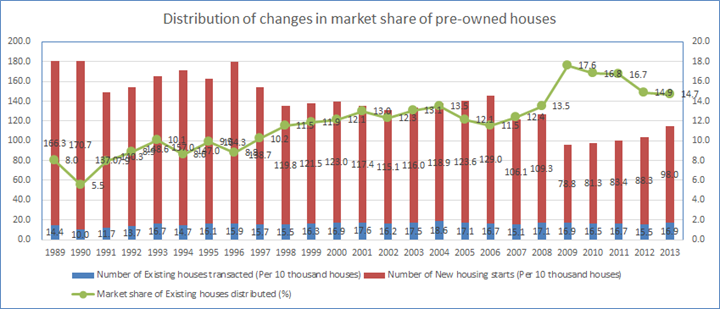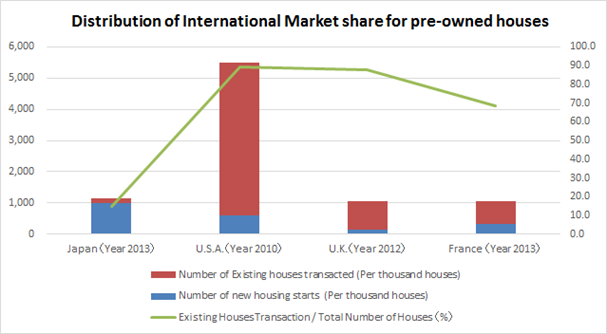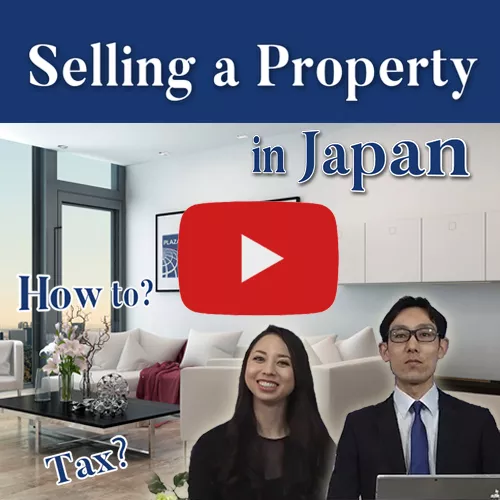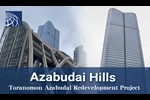Housing Policy in Japan – Pre-owned Housing Market
Since 2006, Japan’s housing policy has been shifting from a supply of newly built housing to focusing on the effective use of pre-owned housing stock. Here is an introduction to the present trend of Japan’s housing market and the measures taken by the Government to encourage the purchasing of pre-owned housing.

After World War II, Japan was facing a severe housing shortage that was solved with mass produced housing. This lead to the number of newly built homes to increase year by year as it’s economy rapidly grew. In 1968 the total number of housing exceeded the total number of households in Japan, yet the the numbers continued to grow. As of 2013, the total number of homes (approx. 60,063,000) reached 116% of the total number of households (approx. 52,450,000) in Japan.
Distribution of pre-owned houses is equivalent to 1/6th - 1/5th of that in Western countries
The following graph shows the distribution of changes in the market share of pre-owned houses. As of 2013, the number of new houses being built is 980,000 while the number of purchases of pre-owned houses remains low at 169,000. This means that the purchasing of pre-owned houses makes up 14.7% of all housing purchases in 2013. (Calculated with number of pre-owned houses + number of newly built housing)

Source; Ministry of Land, Infrastructure and Transport, Ministry of Internal Affairs and Communications
According to an international comparison by the Ministry of Land, Infrastructure and Transport, the market share of pre-owned houses is: 90.3% in the U.S.A., 85.3% in the U.K., and 64% in France. Although the market share has been gradually increasing in Japan in the recent years, Japan has 1/6th -1/5th the market share of western countries. It can be concluded that pre-owned housing transactions in Japan remain extremely low.

Source; Ministry of Land, Infrastructure and Transport
Japanese are new construction oriented
According to a Public Opinion Survey by the Cabinet Office on Housing in Japan (2015 survey), 73% of participants answered “ A newly built house is preferred” when buying a house. In contrast, of those questioned, only 9.9% answered that “A pre-owned house is preferred”. Some of the main reasons for purchasing a newly built house have to do with the layout and designs being customizable or because everything is new and modern. Some parallel opinions in favor of a newly constructed housing mention worrying about the quality of pre-owned houses and their performance in regards to earthquake resistance and heat insulation.
In contrast to those in favor of newly constructed housing, the most often stated reasons why a pre-owned house is preferred is due to financial reasons, such as “the price of an pre-owned house in a favorable location is more affordable”. There are some people who choose an pre-owned house with plans to renovate them in the future in accordance with their lifestyle and tastes. The latter of the 2 ideas is becoming increasingly popular as more and more people are thinking “It can be renovated at a more financially opportune time” or “A house is good enough if it has been well maintained and the exterior and interior are in good condition”.
Housing policy shifted from pursuit of “quantity” to “quality”
In order to change the housing situation of Japan’s over supply of newly built houses, the government established “The Basic Act for Housing” in 2006. This act shifted the housing policy in order to make the best use Japan’s stock of pre-owned houses so that good quality pre-owned houses can be bought and sold safely by providing measures to facilitate pre-owned housing transactions.
Measures to facilitate pre-owned home and housing renovation Market
●Increase the use of home inspections for pre-owned housing transactions
In order to confirm the condition of a pre-owned housing when buying and selling.
●Increase the use of building defect insurance for pre-owned housing transactions after home inspections
In order to minimize worries for those purchasing pre-owned housing, widespread use of insurance to cover repair expenses in the event that a pre-owned house is purchased and has a defect that was overlooked or not existent during the home inspection.
●Increase the size of the housing renovation market
Support for renovations such as pre-owned housing that isn’t aging well and enhancing energy efficiency
●To promote quality long-life housing
Tax incentives and tax relief, ect. to facilitate acquiring and improving quality pre-owned housing
In addition to the government’s shift in policy and financial support described above, in Japan the market for pre-owned homes is steadily expanding due to a change in consumer consciousness. As low birth rate and longevity in Japan is expected to continue, the shift to “make something good, take proper care of it, and use it for a long time” is regarded as important.

- Apartments and Houses for Sale in Tokyo
- Listings of apartments, condominiums, and houses available for purchase in Tokyo.


















